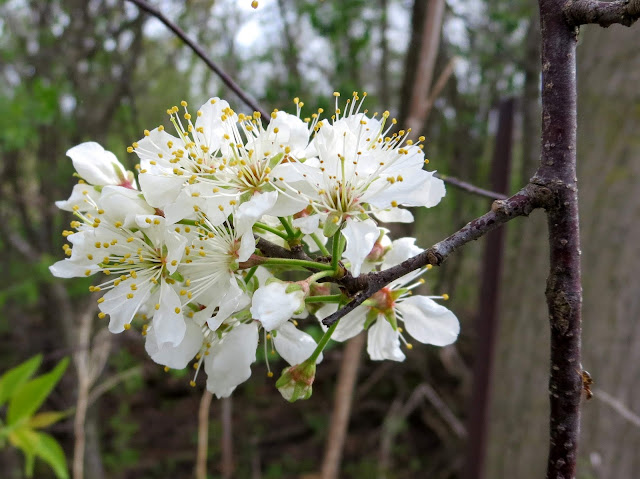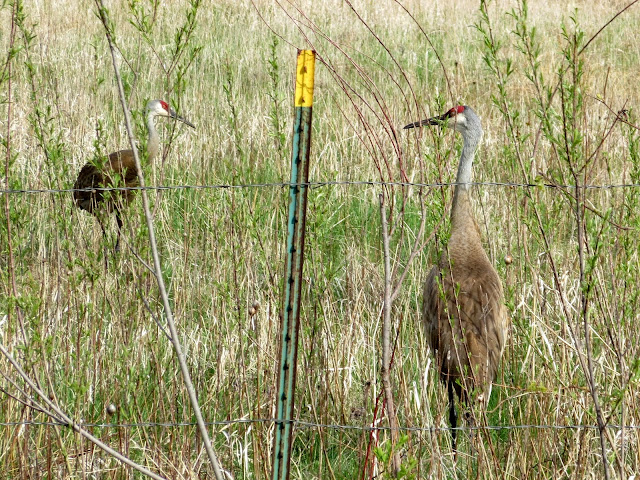The techniques in this series were developed for I-cord made with a hook, but many of them can be adapted to I-cords made by other methods.
~ ~ ~
Welcome back to our series on making I-cord with a crochet hook. Here’s what we’ve covered so far:
Part 1 - Three techniques for making a Better Basic I-cord: Longtail Cast On, Afterthought Column, and Loop-by-Loop Bind Off.
Part 2 – Self-Buttoning I-cord
Part 3 – Open-Ended I-cordToday we’ll learn how to stitch I-cord into a continuous-looking loop.
Seamless-Looking Circular I-Cord
Circular I-cord makes a wonderful foundation and/or finishing edge for crocheted projects. It's tempting to call this type of cord "grafted" (as I have in earlier posts), but true grafting, in the knitting sense of the word, requires live loops at each end. What we'll be doing today is not grafting, but seaming I-cord to form a continuous-looking ring, using a duplicate stitch technique inspired by this post from TECHKnitter.
You can use any I-cord cast on you like for this technique, but for a soft, easily-seamed join, I recommend the method shown below.
This tutorial is for a 4-stitch cord. As always, you can adjust the numbers to suit your preferences.
Instructions are written for right-handed crocheters.
What you’ll need:
Yarn (non-slippery is best, worsted weight or larger)
Hook
Yarn needle for weaving in
Optional: Extra hook two or three sizes smaller (for hooking up Afterthought Column)
Optional: Stitch markers
Links to tutorials for techniques used in this post:
Working the I-cord Body (scroll down in post)
Afterthought Column for I-Cord (scroll down in post)
Circular I-Cord Start
1. Start with a single adjustable loop (drape yarn over the hook from back to front to back again, with tail to the left of running yarn).
2. Grasping ring to secure, insert hook into ring, pull up a loop, then chain 1.
3. Tighten the chain by pulling upwards on working loop while holding the ring.
4. Gently snug the working loop back down to the hook.
5. Repeat Steps 2-4 three more times. You should now have 4 loops on your hook (see photo 5 below), each with a small tight chain stitch beneath it.
Note: The tightened chain stitches will count as Row 1 of your I-cord, and the loops on your hook will count as Row 2.
6. Remove all loops from the hook. Leaving the rightmost loop hanging free, begin working the I-cord body (see this post, "Working the Body"). Remember to keep tension relaxed, and don't tug the cord.
Photo 6 shows what my cord looked like after 6 rows (remember that the loops on the hook count as a row):
(Note: I tried using a Sharpie to mark the front "legs" of my Row 2 stitches, but all it did was leave faint smudges on the yarn plies.)
Work I-cord rows to the desired length (my sample was 30 rows long; anything shorter was very awkward to seam).
7-8. Gently pull the starting tail out of the starting loop (doing this will keep the starting end smooth).
Not pictured: Place a marker (if desired) in the free loop, then hook up the Afterthought Column (see this post, "Afterthought Column"). You should now have 4 live loops, with the running yarn exiting the loop to the right of the Afterthought Column.
Remove hook from loops, placing loops on holder if desired.
The last stitch of the Afterthought Column will be the first stitch used for the seam. Before you seam the cord, you'll need to shape it into a ring, lining up each last stitch with the Row 2 stitch of the same column.
Lining up the Stitches for Seaming
9. If you placed a marker before hooking up the Afterthought Column, you're good to go. If not, identify the Afterthought Column's Row 2 stitch (it will be a little bigger than the other loops, and the yarn tail will be coming out of the stitch below it). In Photo 9 below, the Afterthought Column's Row 2 stitch is marked with an orange V.
10. Pinch the cord so the Afterthought Column is facing you. Work your way to the other end of the cord, always keeping the same column pinched and facing you. (You can also do this in reverse, by following the Afterthought Column from its end to its beginning.) If you haven't already done so, place a marker in the the Row 2 stitch.
11. Photo 11 shows the Afterthought column identified and marked with black Vs. The final, live loop of the Afterthought column is marked with brown dots. The loop behind it, marked with green dots, is the stitch with the running yarn coming out of it.
12. Cut yarn, leaving a 4-6" tail. Thread a yarn needle onto the running yarn (this will weight the running yarn and keep it out of your way during the next step).
13. Without twisting the I-cord, form it into a ring, keeping the Afterthought Column on top.
14. Carefully insert hook into center of cord, several rows from the end, bringing it out between the live loops at the end of the cord. Yarn over with the starting yarn tail.
15. With hook, pull the starting tail through the cord, and out. Gently pull the starting tail until Row 1 of the cord is sitting in the center of the live loops at the end of the cord. Be careful to keep the Afterthought Column ends lined up.
Seaming the Cord
16. With needle, sew from WS to RS through the live Afterthought Column ending stitch, making sure the stitch loop is facing forward and not twisted.
17. Next sew from right to left behind the "legs", or V, of the Row 2 stitch.
18. Sew back through the ending stitch, from RS to WS. First duplicate stitch complete.
Not pictured: Moving one stitch to the left each time, rotating ring as needed, repeat steps 16-18 in each column until all the stitches are seamed. Each duplicate stitch you make will cover the tiny Row 1 stitch of the same column.
When seam is complete, check the join and adjust stitch tension as needed to match surrounding stitches in size. (To adjust, gently pull on one side of a seam stitch at a time, working from right to left around the ring. You may have to go back and forth a few times to get all the stitches adjusted.)
19. Finally, work an extra duplicate stitch in the next stitch to the left (marked with green dots in Photo 19), keeping the duplicate stitch behind the original stitch. Pull yarn to slightly shrink the extra duplicate stitch. Weave in ends by hiding them in the cord.
Congratulations! You've just completed a seamless-looking circular I-cord.
Can you spot the seam in mine? :)
~
In Part 5, we'll learn how to use our I-cord as a foundation for crochet.
You may do whatever you like with any items you make using this tutorial, but you may not distribute the tutorial, its text, or images, without permission. (Links are always welcome.)
Thanks for reading, and happy I-cording!
~ ~ ~ ~ ~ ~ ~ ~ ~ ~ ~ ~










































